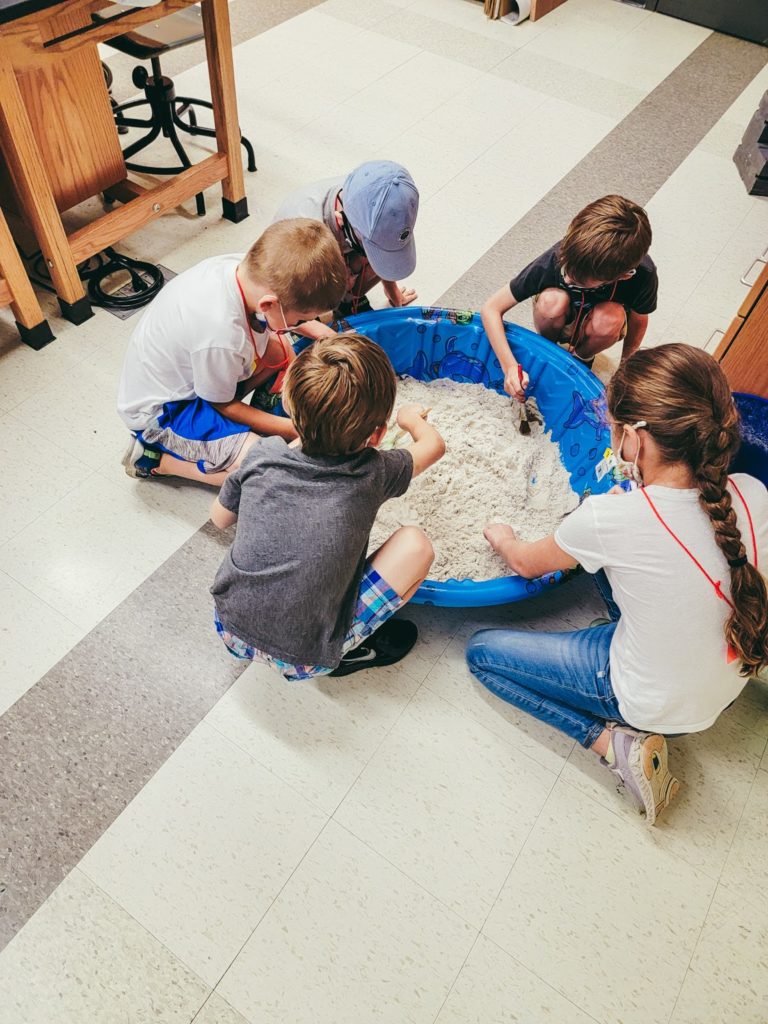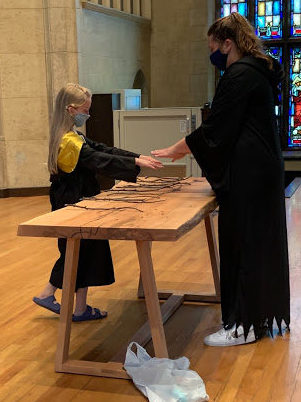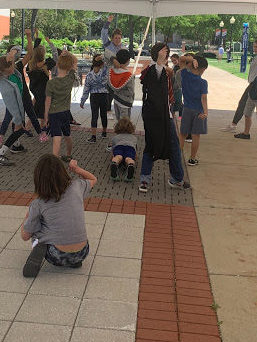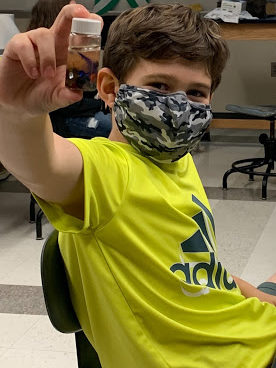This summer we’re hearing from our amazing camp staff. Our Hope College students do the heavy lifting of planning, prepping, and teaching our hands-on camps all summer long! Each week, 2-3 student staff members will recap a camp they’ve led and share tips on how to keep the fun going at home!
Welcome back to the ExploreHope blog! I am so excited to share about my first summer as a teacher for ExploreHope. My name is Annie Bruebach and I am going into my senior year as an Elementary Education major. I have loved seeing our campers become so passionate about science through hands-on activities and experiential learning.
This week I had the privilege of teaching one of my favorite camps, Cool Critters and Crawlies. All of our campers became bug experts as we learned about bumblebees, spiders, insects, butterflies, and lightning bugs. The students even had the opportunity to work with one of the Hope professors to create their own pollinator devices!
One of my favorite activities this week was ending camp each day with bug catching. Each student had their own “bug house” that they filled with soil and all the bugs they caught during the week. The campers loved digging in the dirt and finding rolly-pollies, ants, spiders, and even a couple earwigs. At the end of the week the students got to take their bug houses home so they can continue to bug hunt!
In the classroom, the campers participated in a variety of activities and each day they were able to take home a bug-related craft. If you asked any of the campers, I’m sure they would say that their favorite activity was making lightning bugs from plastic bottles!
Make your own lightning bug at home with an empty plastic water bottle, a pipe cleaner, some yellow and black construction paper, a couple glow sticks, and some tape.
- First, tape the yellow construction paper around the water bottle.
- For wings, cut out the black construction and tape two wings to the body of the lightning bug.
- Then, twist a pipe cleaner around the cap to create the lightning bug’s antennae.
- Finally, place the glow sticks into the bottle. Turn off the lights to get the full effect of your glowing bugs!
By the end of the week, all of our campers had become bug experts and it was a blast to see them become so passionate about all the cool critters and crawlies that live around us!








